In the early hours of August 30, 1993, Craig Folbigg was startled from sleep by a blood-chilling scream. A pre-dawn silence reigned over the dark surrounding the Folbiggs’ house in Maitland, NSW, but inside their brick bungalow, the light was on and a terrible drama was underway.
Craig had woken 20 minutes earlier, noticed his wife and baby weren’t in the room they all shared and thought nothing of it, but after hearing the scream he leapt up to see his wife, Kathleen, standing in the doorway, screaming, and their baby daughter, Sarah, lying oddly straight in her bed at the end of theirs. He picked up her chubby little body. She was still warm, but not breathing. He frantically carried out CPR, but it was no use. He couldn’t resuscitate her, nor could the ambulance officers when they rushed in. Sarah Folbigg, 10 months old, was dead.
It was the kind of tragedy every parent dreads. But Sarah wasn’t the first Folbigg baby to die and she wouldn’t be the last. Her parents had already been through this nightmare twice before, losing 19-day-old Caleb in 1989 – Craig again waking to his wife’s screams and to her beside the bassinet – and eight-month-old Patrick in 1991. Then came Sarah’s death and, finally, in early 1999, it would be Laura Folbigg, 19 months. months old, was dead. Laura Folbigg, dead at 19 months.
Was it possible that four children in the same family could die of natural causes? Craig would later say he had been so devoted to his wife that he’d wanted to believe they had. It wasn’t until he and Folbigg separated and he found one of her diaries in a bedside drawer, revealing the innermost thoughts of a woman he now felt he didn’t know, that he started doubting her. He took it to police, who were already suspicious. It would trigger one of the most famous cases in Australia.
It’s now 11 years since Folbigg was convicted of murdering Patrick, Sarah and Laura, and of the manslaughter of Caleb. Her trial, and the apparently incriminating diaries she kept, dominated headlines around Australia. A photo showing her pale and hollow-eyed, her hair in disarray as she was led away in prison greens, would become iconic. Grief, or guilt? She was sentenced to 40 years in jail (later reduced to 30 with a non-parole period of 25), called this country’s worst female serial killer, and people shuddered at the mention of her name. For her part, Folbigg has always maintained her innocence.
Now, however, the case is back in the spotlight. There are calls for a judicial review on the grounds that she may have been a victim of a miscarriage of justice. Legal academics are questioning her conviction, which they say was based on inconclusive and unreliable medical evidence. Several high-profile Australians, including radio host Alan Jones and ex-Woman’s Day editor Alana House, have joined calls for a review.
Meanwhile, overseas, other women in similar cases have had their convictions overturned. Advocates also believe the impression given by Folbigg’s diaries played a troubling role in her trial. And still casting a long shadow over the saga are the complexities of Sudden Infant Death Syndrome, commonly known as SIDS, or cot death.
Kathleen Marlborough was a pretty young woman, neatly built at 167.5cm and with curly brown hair, who was 20 when she married steel worker Craig Folbigg, 25. They had met in a pub in Newcastle, NSW, and it had been love at first sight. Her girl-next-door looks belied a nightmarish childhood – at 18 months old, her father stabbed her mother to death and, at just three, she was fostered. According to an account her sister has given, Folbigg saw Craig as her white knight.
They married in September 1987 and photos of that day reveal a happy couple. She, dark-haired and grinning, a string of pearls looped around her neck, and he, tall and broad-shouldered his tan offset by a pale blue bow tie. Megan Donegan, a friend of Folbigg’s from the age of 12 (Folbigg is god-mother to Donegan’s eldest child, Alex, almost 22), describes the Folbigg of those years as someone “who had the biggest laugh, who always seemed to find the best in every situation and was an awesome cook”.
The Folbiggs’ first child, Caleb, was born on February 1, 1989. He was healthy, but would breathe noisily and stop breathing when fed. A paediatrician diagnosed a floppy larynx and expected Caleb would grow out of it. Nineteen days later, however, the new mother found him dead in his cot, still wrapped in his blanket. SIDS was ruled as the cause of death.
Ten months later, Folbigg announced she was pregnant again and on June 3, 1990, produced a healthy boy, Patrick. Joy collided with anxiety. Her diary entry reads: “I had mixed feelings this day, wether or not I was going to cope as a mother or wether I was going to get stressed out like I did last time.”
“I had mixed feelings this day, wether (sic) or not I was going to cope as a mother”
Kathleen Folbigg
Trouble wasn’t slow in coming. Patrick was only four months old when he was rushed to hospital in respiratory distress after a now familiar scene had taken place in the small hours, just as it had with Caleb. In hospital, Patrick seemed to improve, but then suffered a seizure and was diagnosed with epilepsy and cortical blindness.
Back at home, the atmosphere grew strained. Folbigg was struggling with the demands of motherhood. In one diary entry she spoke of her inability to look after Patrick, and her belief that he and Craig would be better off without her. She often lost her temper with her son and husband. Craig would later say that, at these times, she made growling sounds.
On February 13, 1991, Folbigg called her husband at work, screaming that it had “happened again”. Craig rushed home to find Patrick lying on his back in his cot. The little boy’s lips were blue. He was rushed to hospital, but died shortly afterwards. A doctor determined that he had suffered a cardiac arrest, but couldn’t establish a cause.
Patrick was eight months old. Sarah, their next child, died at 10 months. It seemed almost inconceivable that three tiny children, born one after the other, would never see even their first candle lit on a birthday cake.
A devastated Craig would recall that after the deaths of the first three babies, Folbigg packed away all their belongings, taking photos out of the frames and off the mantelpiece. She would no longer mention their names.
Instead, she poured her thoughts into her diary, where she detailed everything from her insecurities over her ability to look after children to her anxieties about staying attractive for her husband. One entry reads: “Must lose extra weight or he will be even less in love with me than he is now.”
Honest and raw, the diary soon became an intensely personal record of Folbigg’s fears and frustrations, and her rising anxiety about her “dark moods”. Its pages reveal that she was haunted by what had happened to her first three children and haunted by a fear it would happen again.
Not surprisingly, the Folbiggs’ marriage was hit hard by the deaths of Caleb, Patrick and Sarah. There were a number of separations and reconciliations. However, by early 1996, the couple was back together and – despite everything – Folbigg was keen to have another child.
The Folbiggs moved to an immaculate, brick veneer house overlooking the Hunter Valley in Singleton, NSW. Folbigg became pregnant for a fourth time, but, according to her diary, she was consumed with anxiety, questioning herself about why she wanted this baby and agonising about whether it “wasn’t just a determination on my behalf to get it right and not be defeated by me total inadequate feelings about myself. To prove that there is nothing wrong with me, if other women can do it so can I.”
“If other women can do it so can I.”
Kathleen Folbigg
On August 7, 1997, Laura was born. But before too long, motherhood was overwhelming Folbigg again. On the morning of March 1, 1999, Laura was subdued and clung to her father.
Folbigg lost her temper with both her daughter and her husband.
Earlier that day she growled at Laura and even pinned her hands to her highchair as she tried to force-feed her. Things calmed down and Craig went back to work until he got a frantic call telling him to get to the hospital. Something had happened to Laura.
Shortly after midday, ambulance officers were called to the Folbiggs’ home. They found Folbigg crying and performing CPR on Laura, who was warm to the touch. But she wasn’t breathing and had no pulse. The ambulance officers couldn’t resuscitate her.
The last of the four Folbigg children was gone.
At first, the deaths weren’t treated as a crime. Just bad luck. Original autopsies found that three of the Folbigg children had died from natural causes. Patrick’s death was put down to asphyxia related to epilepsy, and Caleb and Sarah’s deaths to SIDS.
But when Laura died, suspicions bubbled to the surface. At 19 months, the coroner considered her to be too old for SIDS and that, and the family history, paved the way for a police investigation and charges were eventually laid.
In April 2003, Folbigg stood trial for the deaths of her children. After a seven-week case that gripped the nation – newspapers raked over every inch of her life, from her troubled childhood to the clothes she wore in court – Folbigg was found guilty of three counts of murder and one of manslaughter. Today, she remains in custody at Sydney’s Silverwater Women’s jail.
And yet doubts remain over her conviction. Some academics worry about the medical evidence, in particular the results of Laura’s autopsy, which raised the possibility that the baby had died of an inflammatory condition of the heart known as myocarditis.
Yet the forensic pathologist who carried out the post-mortem ruled her death as “undetermined”. In court, he said his ruling hadn’t been coloured by the deaths of Folbigg’s other children, but in a letter he’d previously written to the investigating detective, he said had he not known about the family history he might have ruled myocarditis. However, he stressed that he did not believe this was the likely cause.
Others fear Folbigg was a victim of a climate of suspicion around SIDS. Until the early ’90s, SIDS was considered a mysterious tragedy – probably caused by sleep abnormalities. Mothers of children who died were treated with sympathy, not scepticism. Then, in 1994, Waneta Hoyt, 47, a New York mother of five babies whose deaths had previously been attributed to SIDS, confessed to killing the children. After that, the pendulum swung back – hard – to the notion of murderous mothers.
Consequently, mothers were rarely given the benefit of the doubt, even in the absence of incriminating evidence, according to Australian legal academic Associate Professor Emma Cunliffe, who wrote a book about Folbigg in 2011 called Murder, Medicine And Motherhood. Professor Cunliffe’s book – which triggered fresh interest in Folbigg’s case – set out to examine the quality of the evidence.
Speaking from Canada, where she is now based, Professor Cunliffe says she was particularly interested “to see why the Folbigg conviction stuck” after other mothers overseas, who had also been found guilty of killing multiple infants in similar SIDS-related cases, had been acquitted or exonerated, or had the charges against them dropped. Professor Cunliffe points to the case of Sally Clark, a 35-year-old English solicitor who was convicted in 1999 of murdering her two sons. Like Folbigg, Clark’s children died within weeks of being born, and at first their deaths were attributed to SIDS. Like Folbigg, Clark was charged and convicted of their murders.
“[I was interested] to see why the Folbigg conviction stuck”
Associate Professor Emma Cunliffe, Australian legal academic
However, three years later, her conviction was quashed on the basis that the medical evidence presented to the court had been incomplete – and that the case relied on a now discredited theory known as “Meadow’s Law”. (A coroner ruled that Clark’s tragic death, in 2007, was accidental: the result of acute alcohol intoxication.)
Meadow’s Law refers to the saying by a prominent British paediatrician, Professor Sir Roy Meadow, that “one [SIDS] death is a tragedy, two is suspicious and three is murder unless proven otherwise”. In the Clark case, Professor Meadow told the jury there was a one in 73 million chance of two cot deaths occurring in the same family. But he had used a statistical method that has since been disproven.
Did Meadow’s Law play a role in helping convict Folbigg? When she was first arrested in 2001, American paediatric forensic pathologist Dr Janice Ophoven gave evidence at the committal hearing. She said the chances of four unexplained infant deaths from natural causes were one in a trillion, but she had used the same, discredited method Professor Meadow had relied on.
Justice Graham Barr excluded these flawed statistics and mention of Meadow’s Law at Folbigg’s trial. Even so, Professor Cunliffe in particular believes it may have indirectly played a part in her conviction.
“While the judge excluded the improper statistical evidence that some experts wished to explain to the jury, he did not exclude opinions that were based on the underlying reasoning of Meadow’s Law,” she says. “Several prosecution witnesses seemingly allowed their belief in Meadow’s Law to influence their conclusions about the likely cause of death in Folbigg’s children.”
Since Folbigg’s trial there has also been greater acknowledgement that SIDS is complex and may have many causes. Professor John Hilton, a prominent Sydney forensic pathologist who once chaired the SIDS International Pathology Committee, says that, realistically, those causes include covert homicide. But he also refers to recent SIDS research that suggests subtle genetic abnormalities could be at play: the most common of which, heart defects, may as yet be undetectable under a microscope.
These types of medical advances are at the heart of a fresh attempt to convince authorities to review her case. The director of The University of Newcastle Legal Centre, Shaun McCarthy, is currently preparing a petition to be lodged with the governor of NSW and the NSW attorney-general before the end of the year, seeking a judicial review of Folbigg’s case.
McCarthy has approached a number of Australian and international experts – not involved in the original trial – to review the evidence and detail other cases of sudden, unexpected and unexplained multiple deaths in infancy in one family. McCarthy has read Professor Cunliffe’s book. “I thought the work Emma had done was very compelling in showing that there had been a miscarriage of justice in the case,” he says.
In the end, it’s the diary entries we tend to remember about the Folbigg case, those agonised outpourings secreted in the book with the golden clasp, teddy bears and cherubs. Here were Folbigg’s deepest thoughts and persistent fears, scrawled in her loopy childish writing.
“Had a bad day today, lost it with Laura a couple of times. She cried most of the day. Why do I do that?” read one entry dated November 1997.
“My brain has too much happening, unstored and unrecalled memories just waiting,”read another. “Heaven help the day they surface and I recall. That will be the day to lock me up and throw away the key.”
Yet Megan Donegan has an entirely different impression of Folbigg as someone who was always “a loving mother and an involved mother, who would ring just to relate the latest thing that the baby had done, like taking those first steps … My whole family loves Kathleen. They can’t wait until she’s out of prison.”
“That will be the day to lock me up and throw away the key.”
Kathleen Folbigg
Summing up, Justice Barr said medical witnesses were not permitted to consider Folbigg’s diaries. Professor Cunliffe, however, maintains that the essential difference between the Folbigg case and others was the diaries. “And it remains the diaries … The sense that comes through very strongly in the judgement and in the press reporting from the time is that the diaries are strongly indicative of a guilty conscience on [Folbigg’s] part,” she says. “Some of the statements she made in those diaries seem to come awfully close to a confession of sorts – or at least an admission that she blames herself for the children’s deaths.”
Professor Cunliffe adds that although Folbigg’s diaries don’t paint a “normal” approach to motherhood, “there is no manual for grieving dead children”, and that research suggests bereaved parents routinely blame themselves for things they could not have possibly controlled.
Will the tide turn for Kathleen Folbigg? Her family is staying quiet on the subject of the petition for a judicial review. John Folbigg, who is Craig’s brother and has permission to speak for him, preferred not to comment (Craig has remarried and avoids the media).
Kathleen Folbigg’s foster sister, Lea Bown, told media earlier this year, when there was talk of the petition, that she believes her sister killed all four children and should never be released. On hearing of Folbigg’s arrest, her foster mother, Deirdre Marlborough, reportedly sent back all her childhood photographs with a scathing letter that included the line: “Kathleen Megan, I WILL NEVER FORGIVE YOU.”
For the moment, prison – and protective custody to keep her safe from other inmates – is where Folbigg remains, not due for release until 2028 at the earliest. She is visited regularly by her handful of supporters and a couple of old friends. Alan Jones, too, has visited her. He reportedly told NSW’s The Sunday Telegraph earlier this year that “having met the woman I find her a very courageous woman and an outstanding person who faces this injustice with great dignity, but it’s very, very hard”.
One of her supporters, Newcastle woman Helen Cummings, says Folbigg often talks about her children and the ages they would be now – while Alana House remembers Folbigg’s expression on a visit to the prison one day, when a little girl wandered past. “The look on Kathleen’s face was heartbreaking,” she says. “Kathleen frequently talks about visiting her children’s ashes.”
All the talk in the world, however, won’t bring the four babies back. As for the truth, there are only two possibilities: either the deaths were a blameless tragedy, or, as the jury found, the children were victims of the ultimate act of betrayal. In any event, there is one person who knows what really happened.

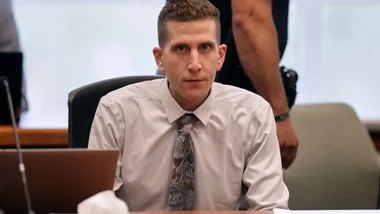



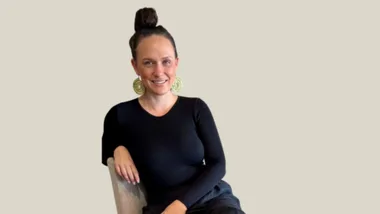


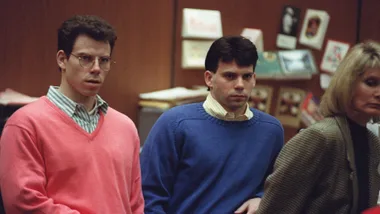


 Instagram/TheEllenShow
Instagram/TheEllenShow



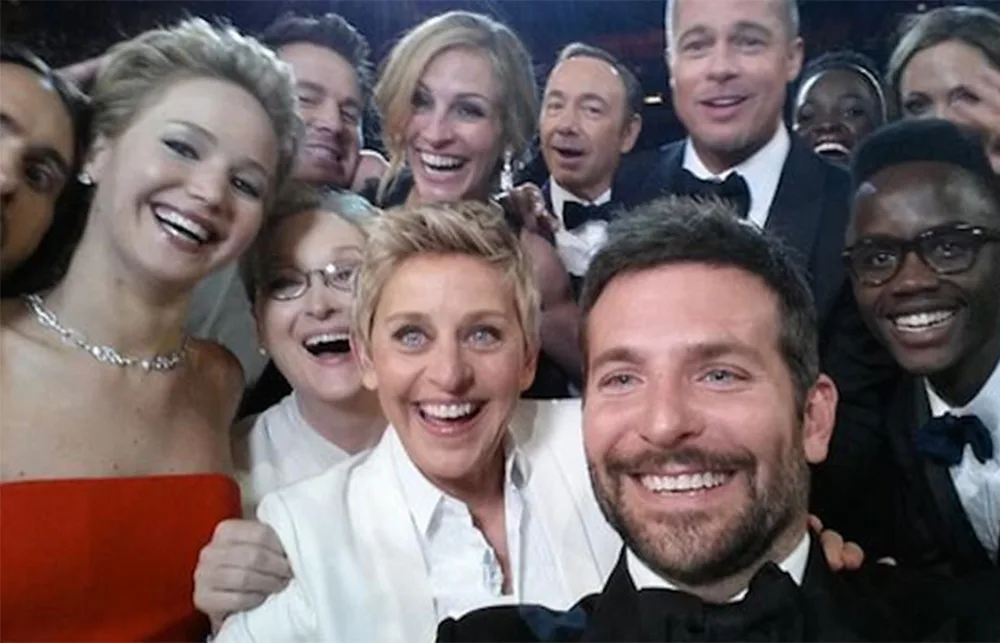
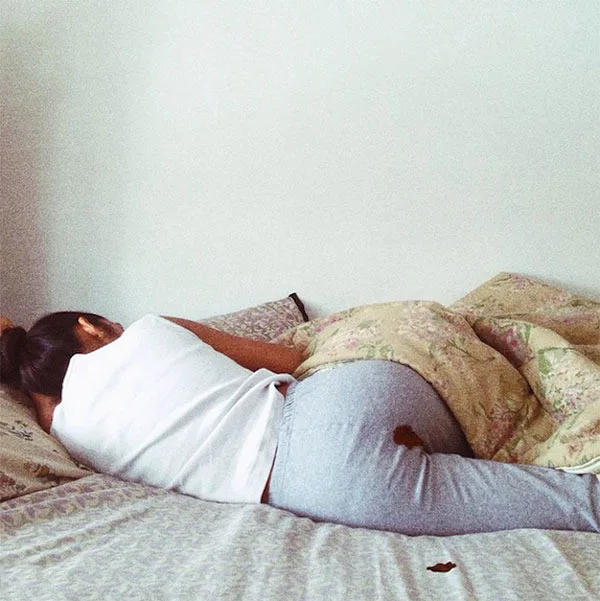

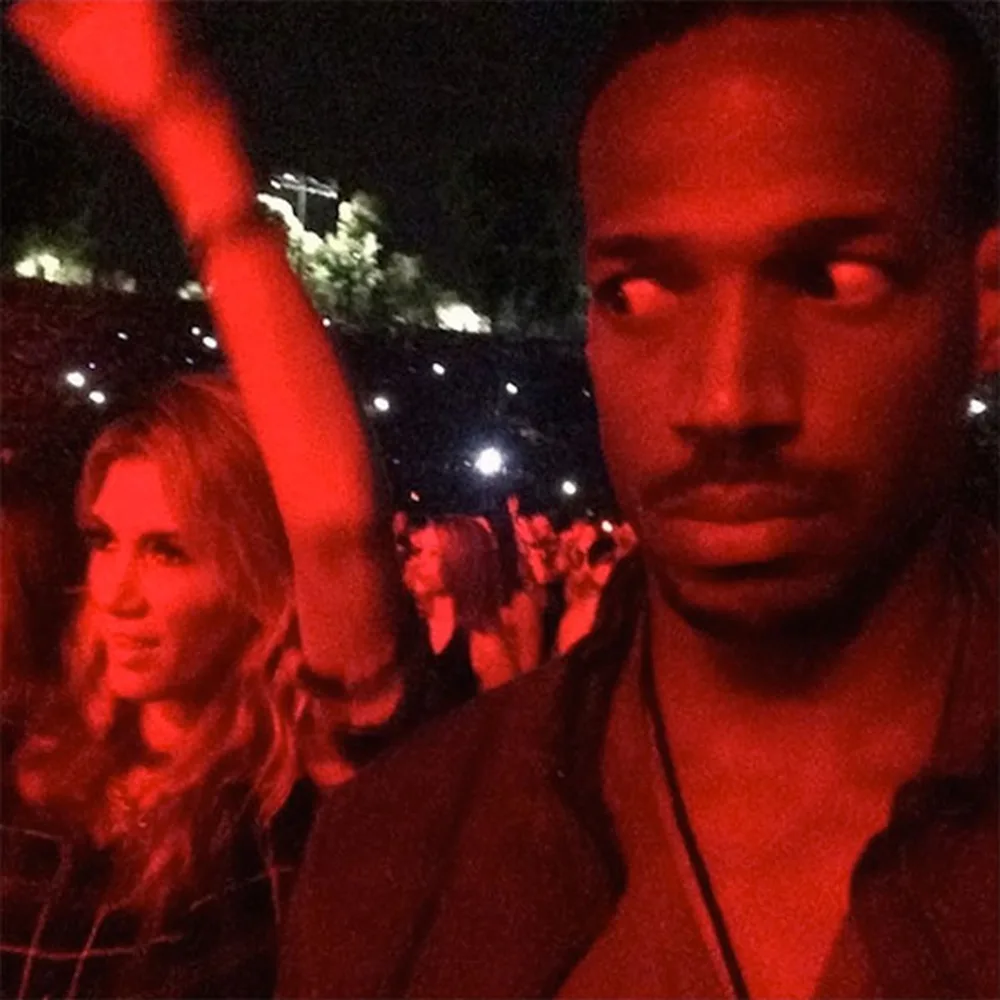











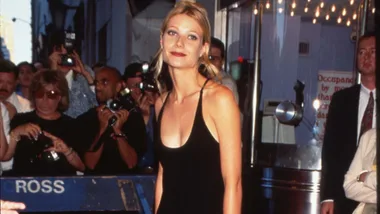

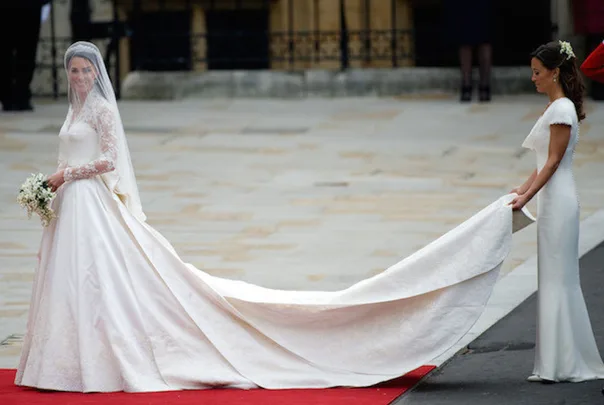

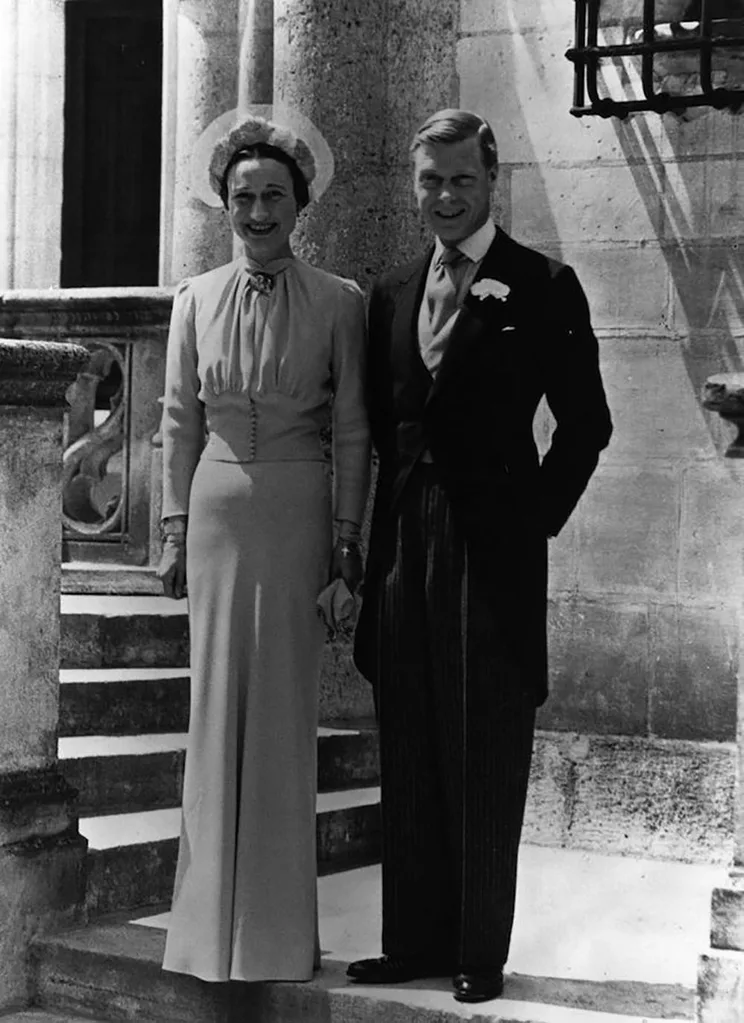
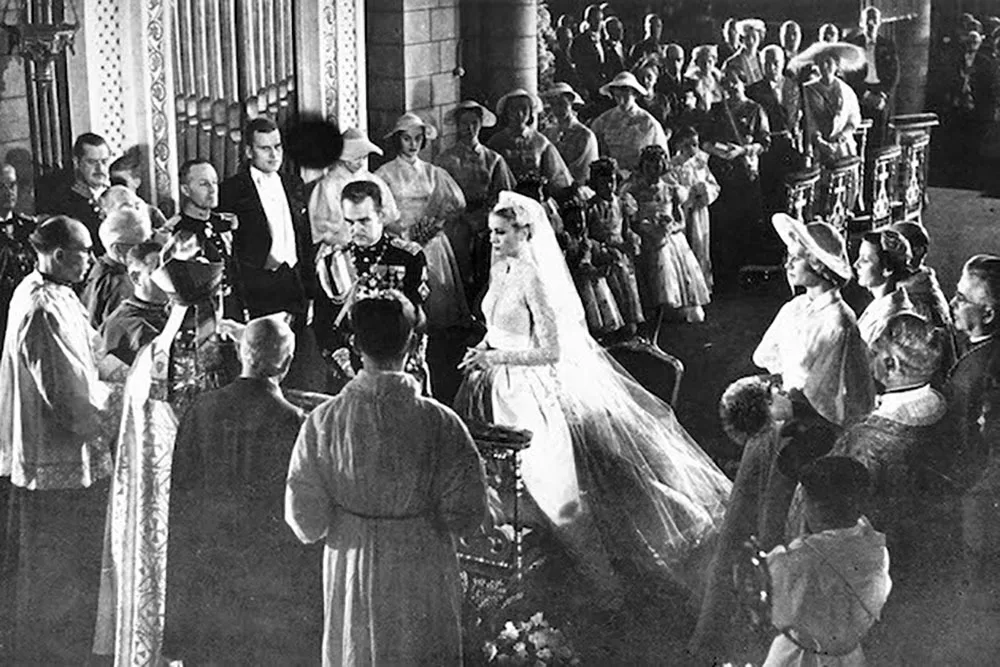
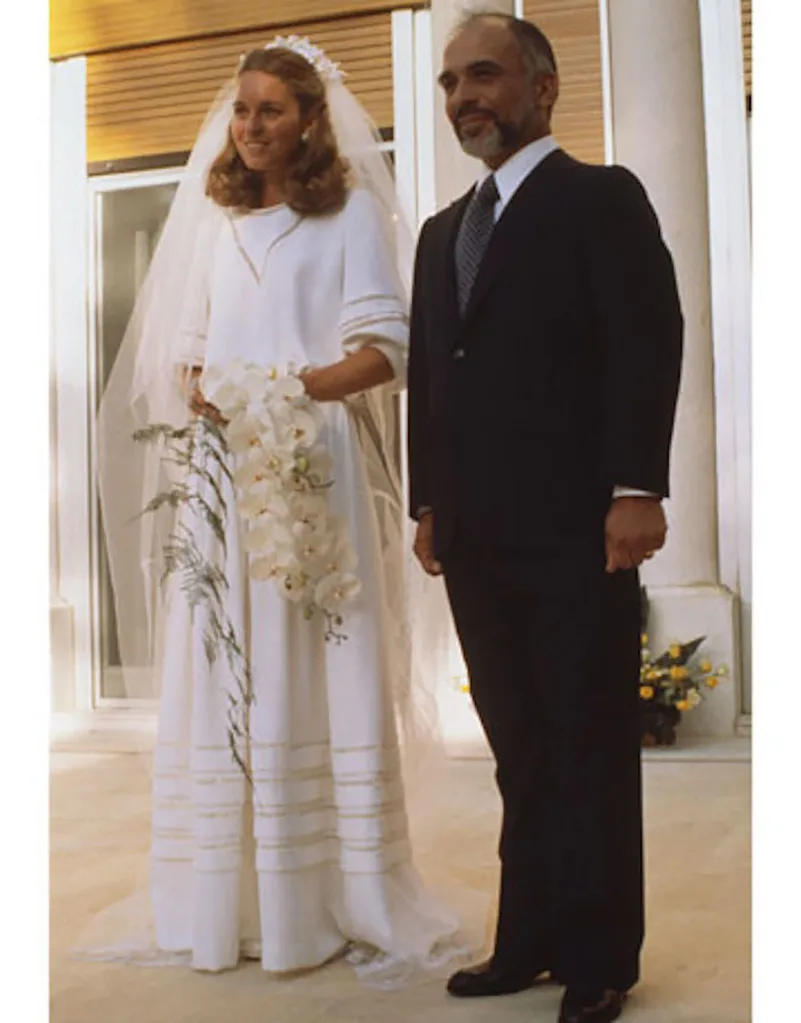

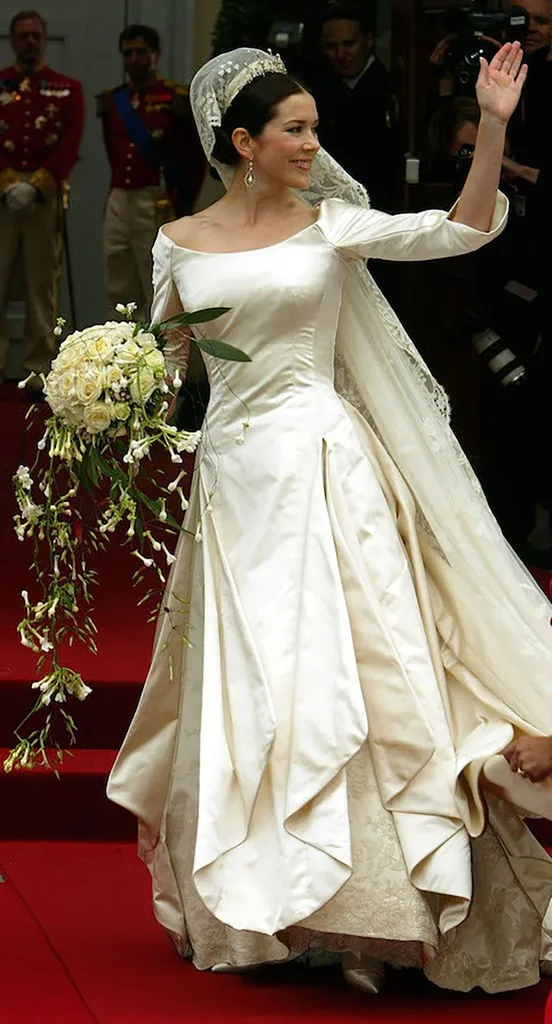
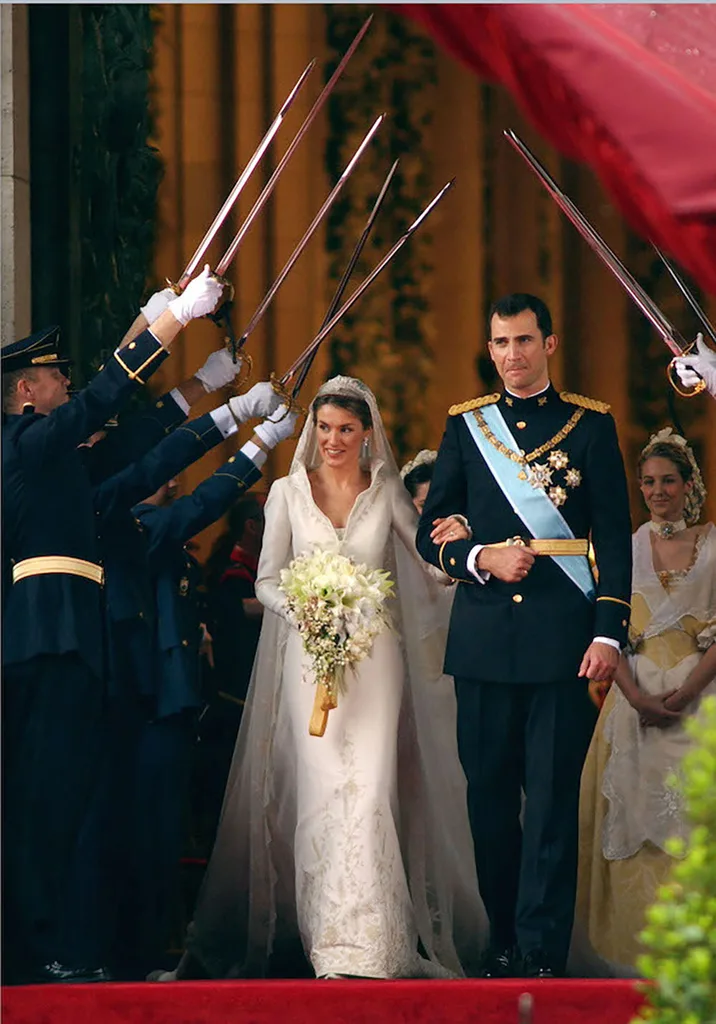
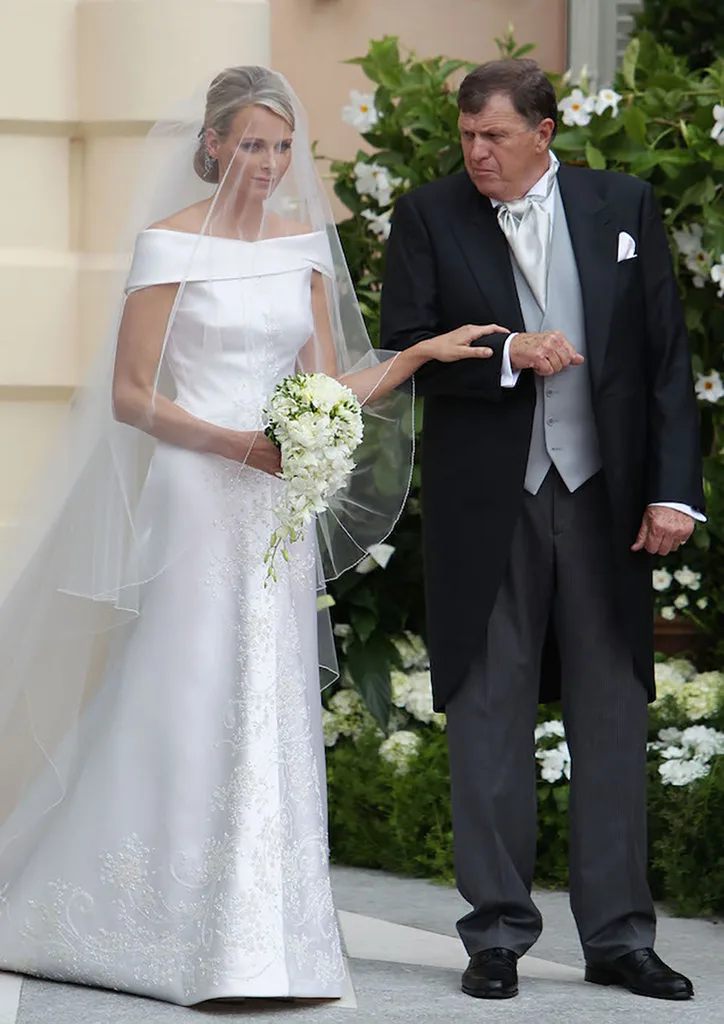
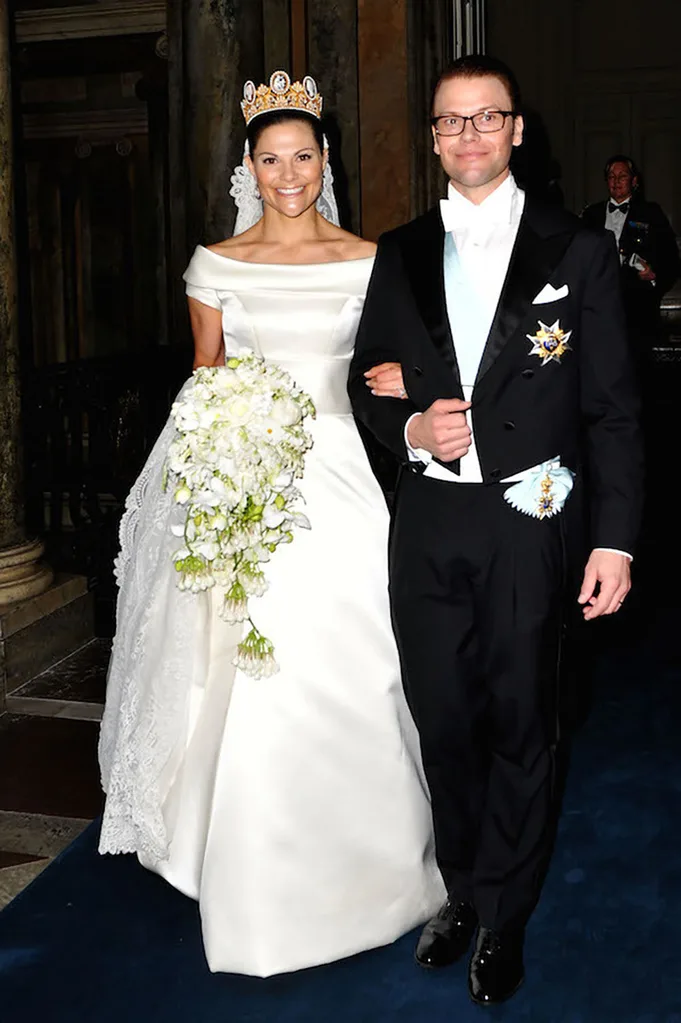
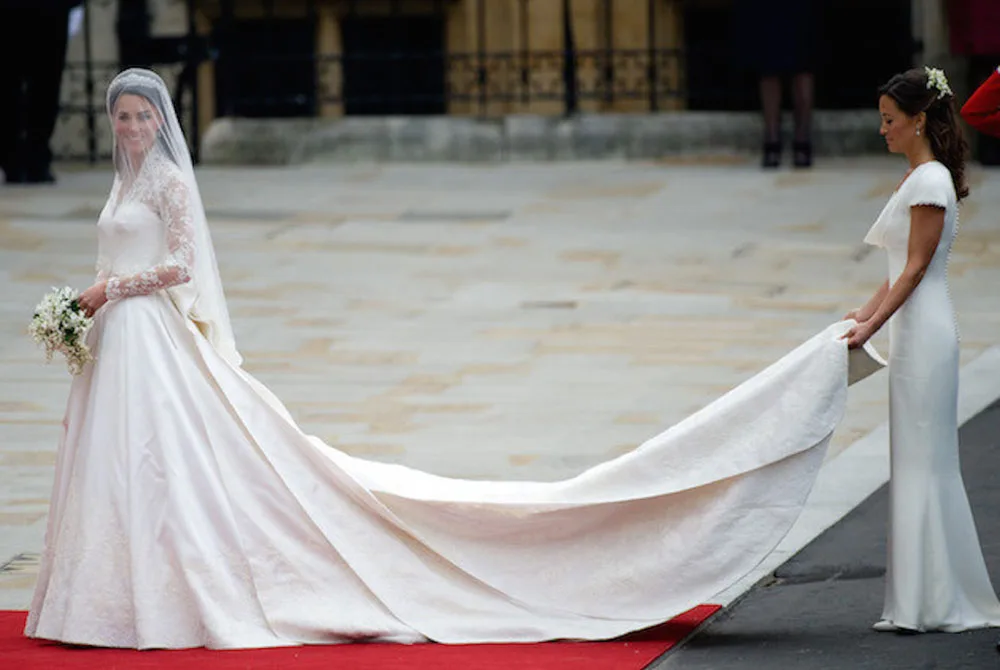


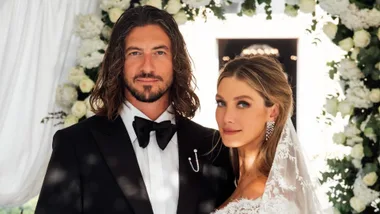
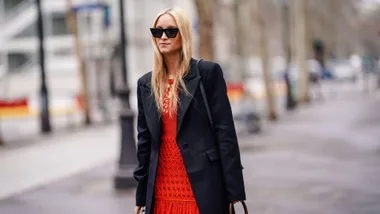
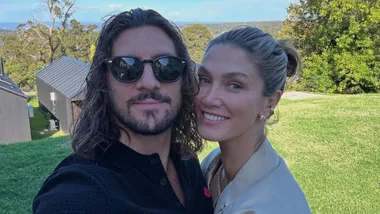

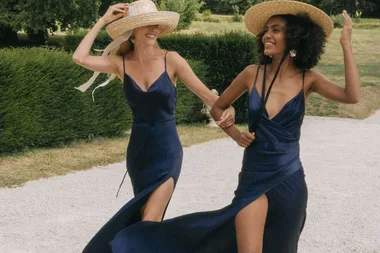
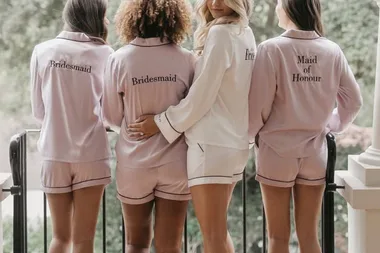
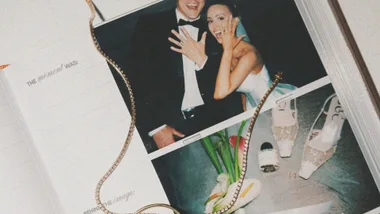

 Getty
Getty


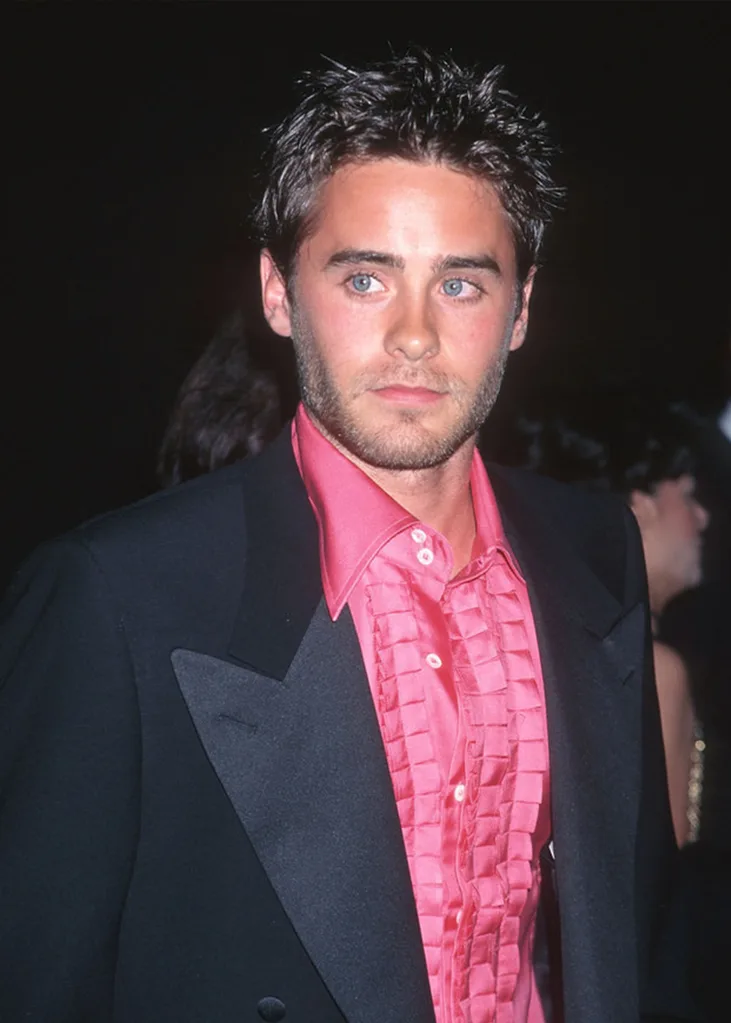



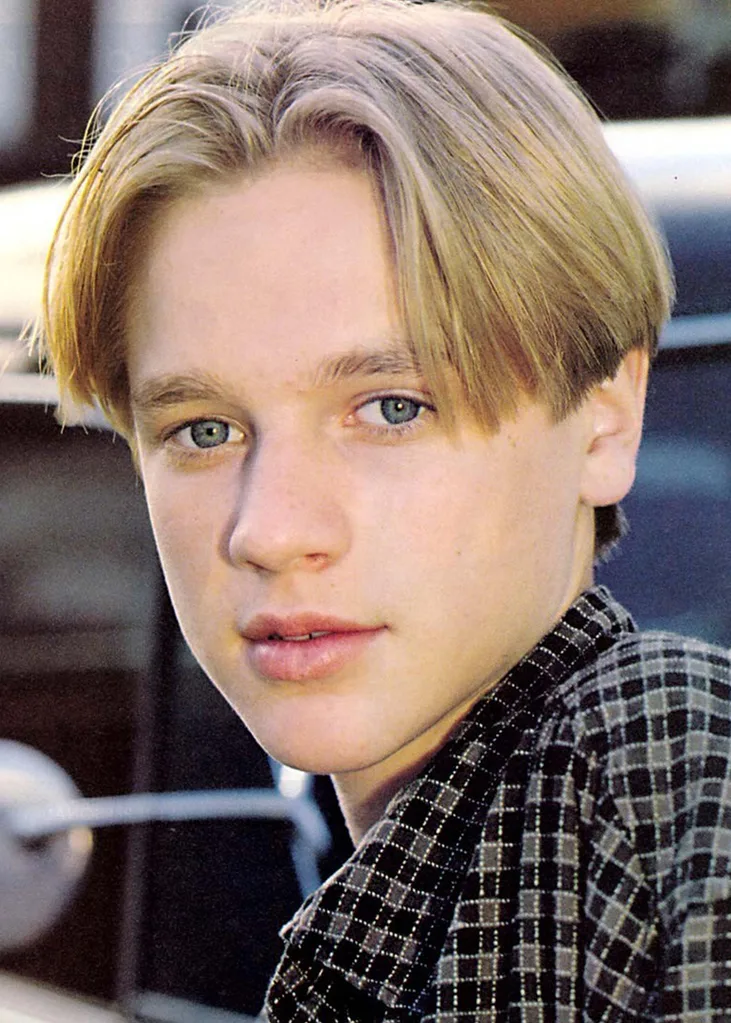





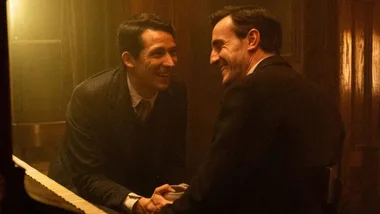






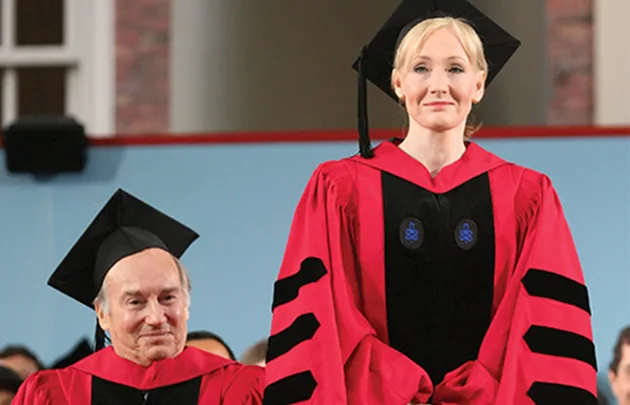 Getty
Getty
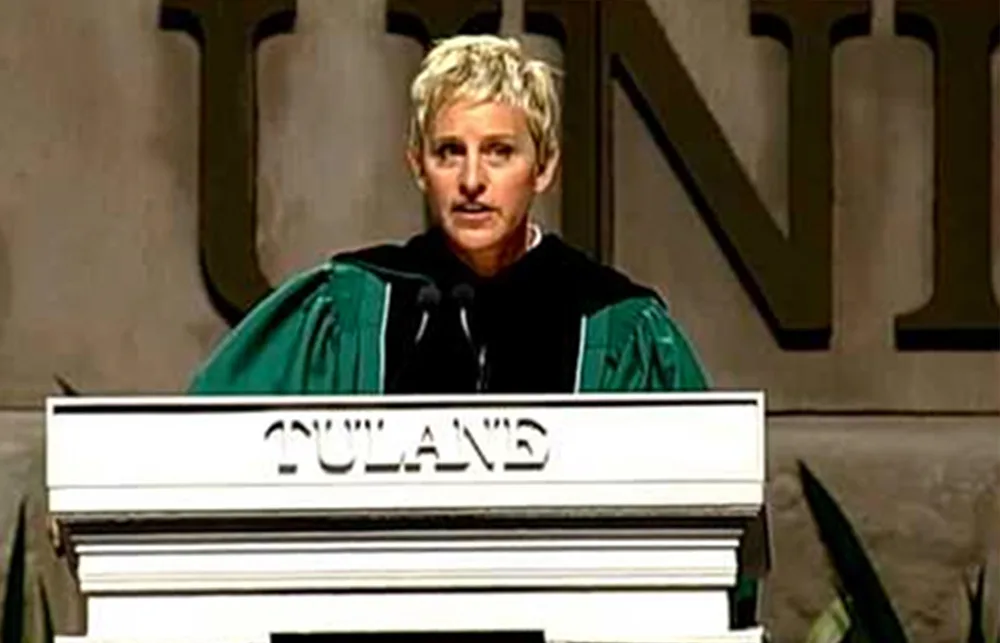
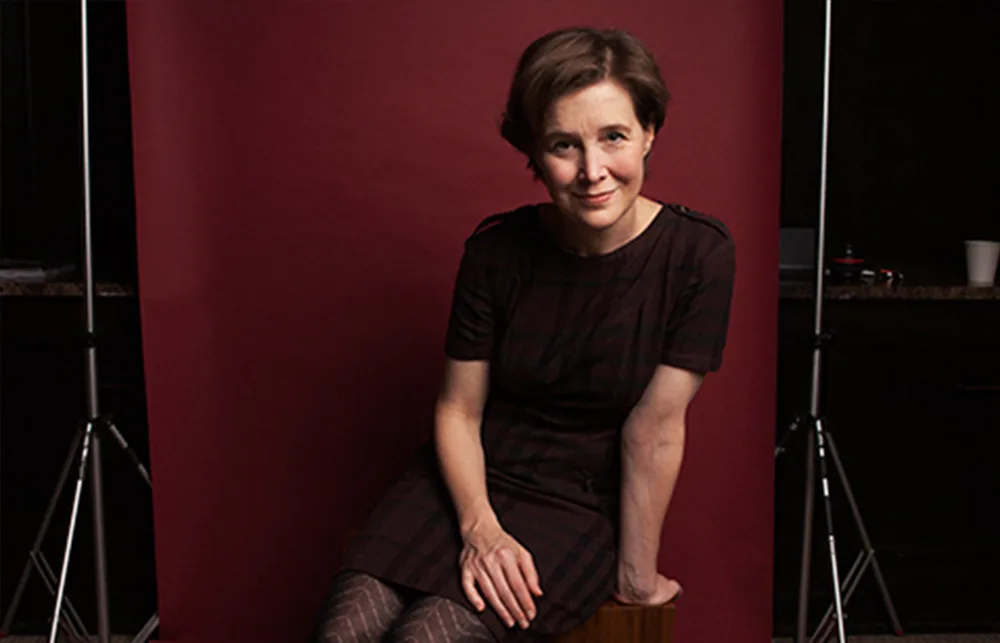
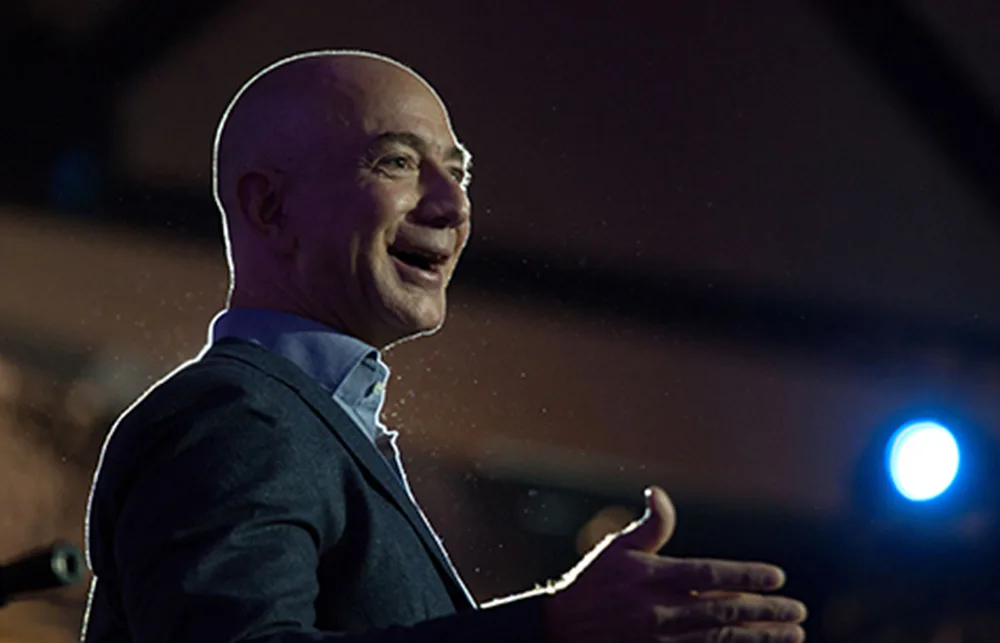


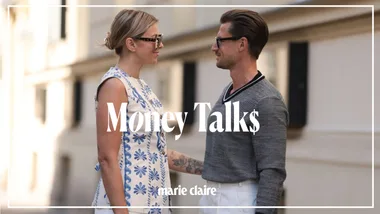





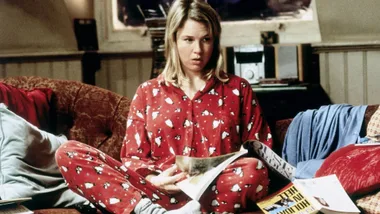
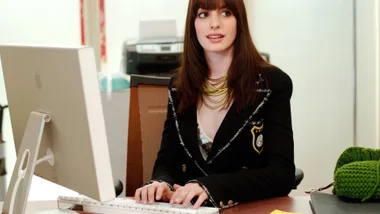
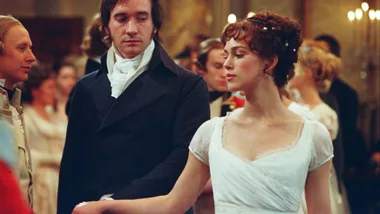
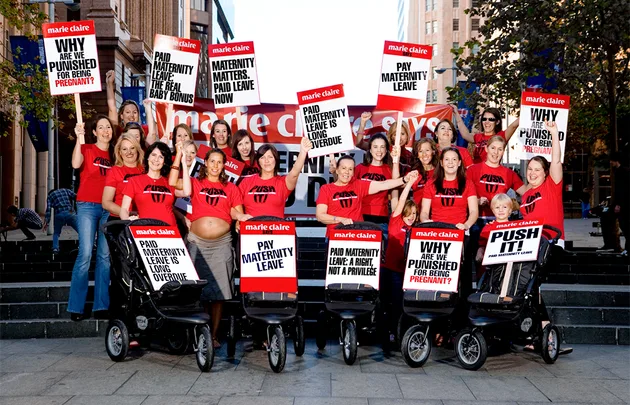
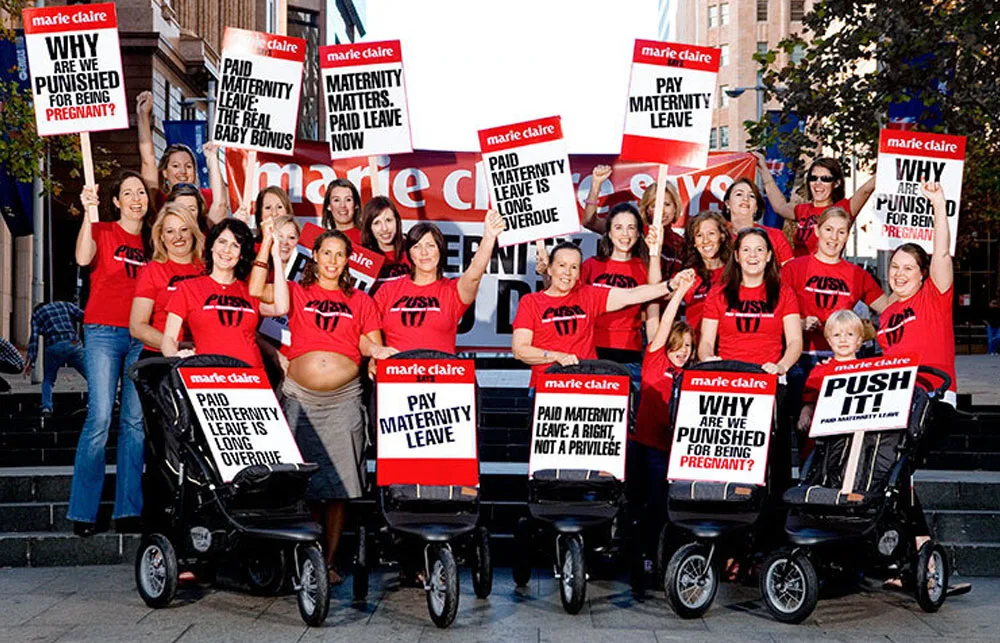
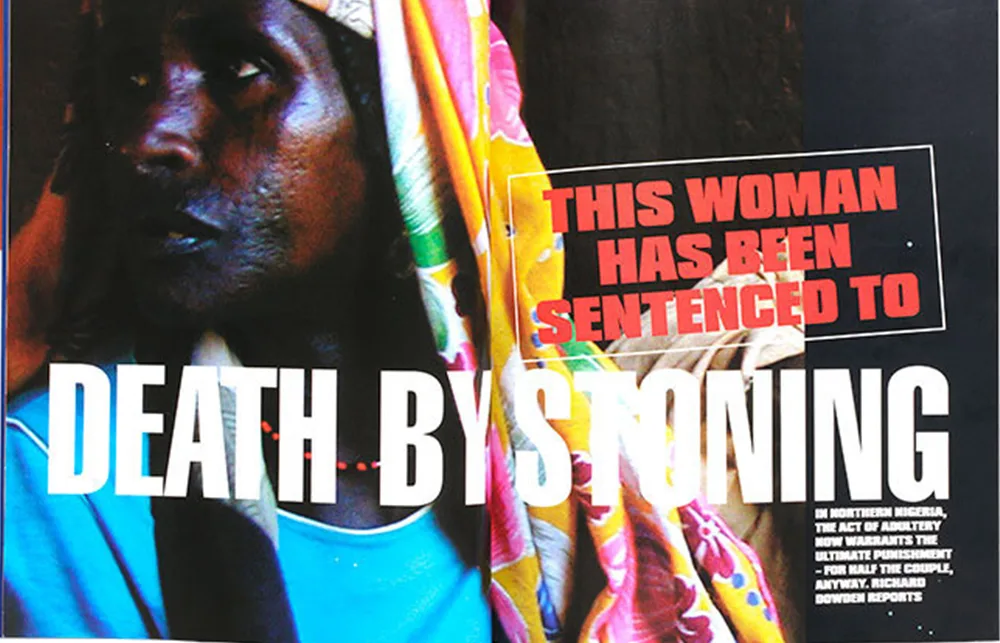

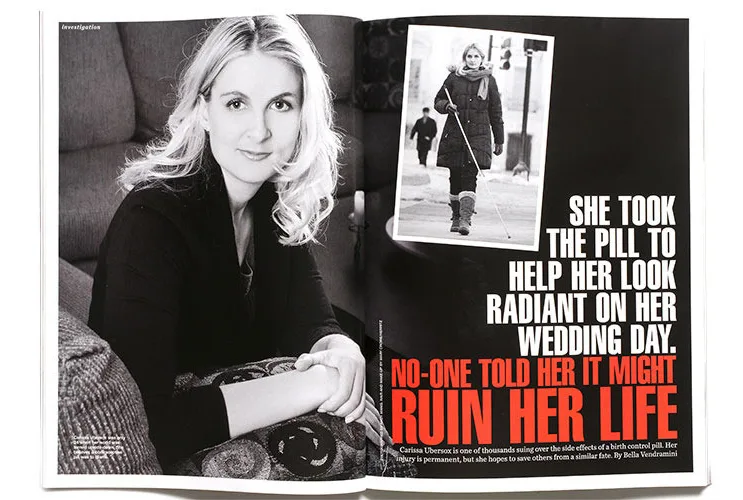

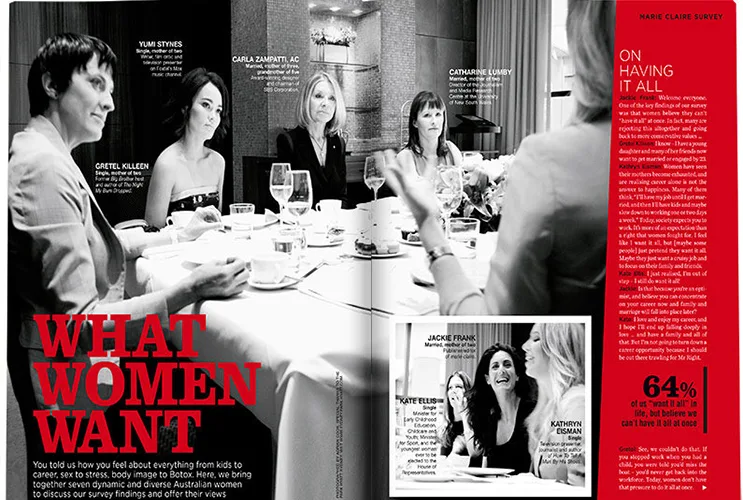

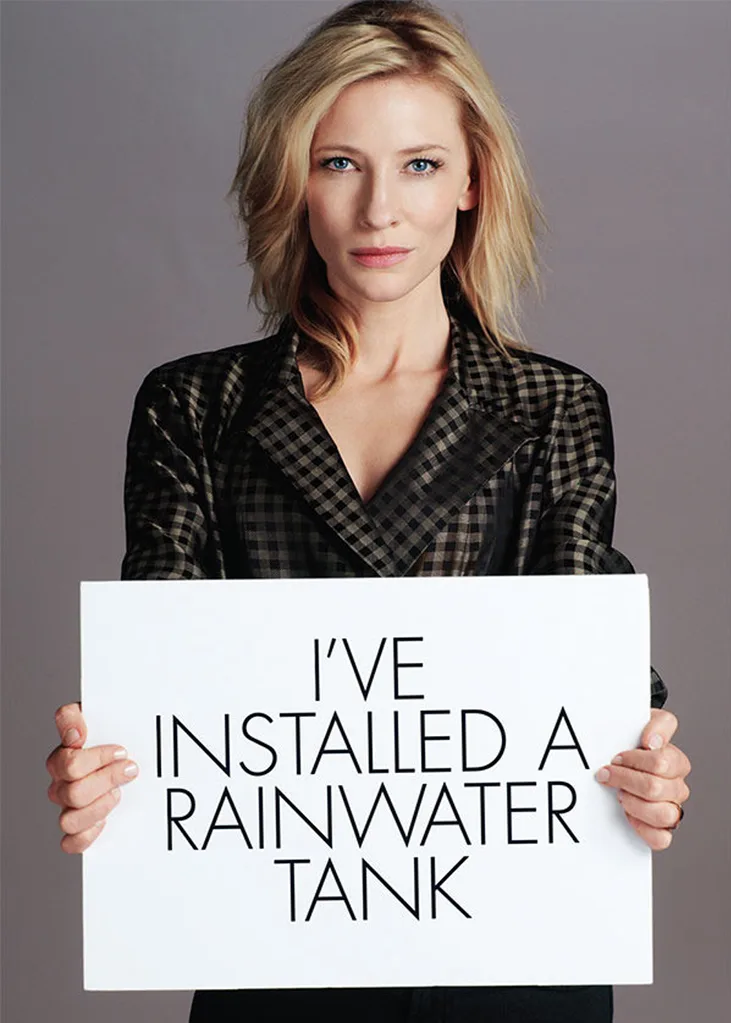
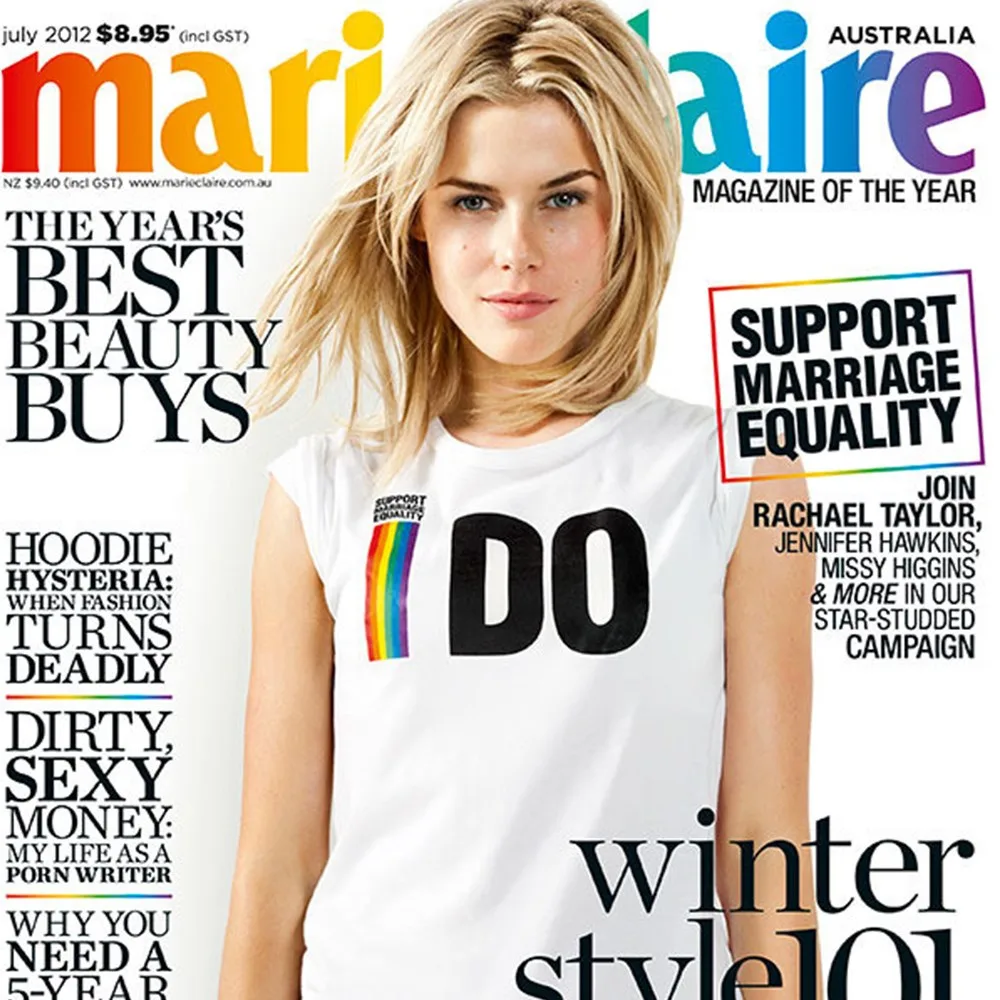

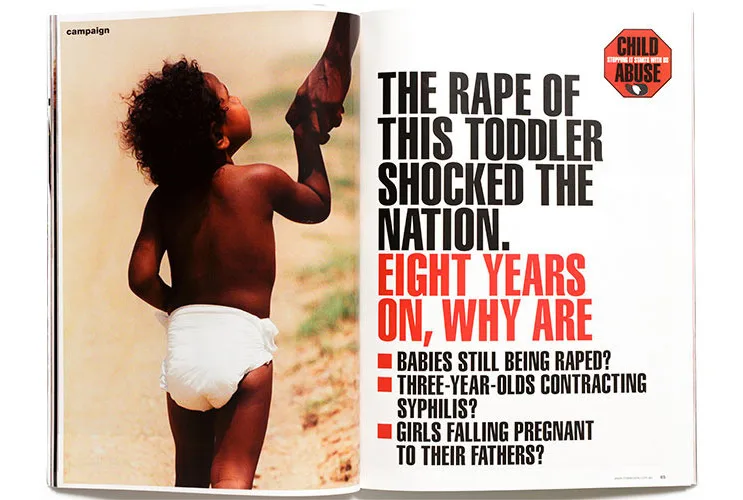





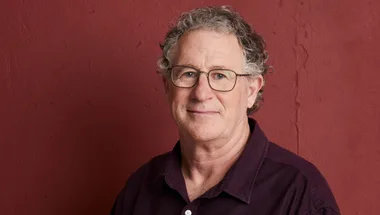
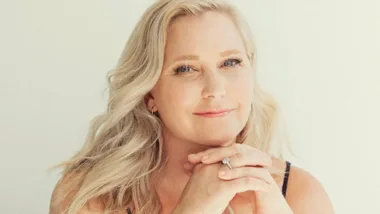


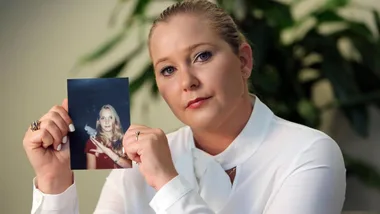
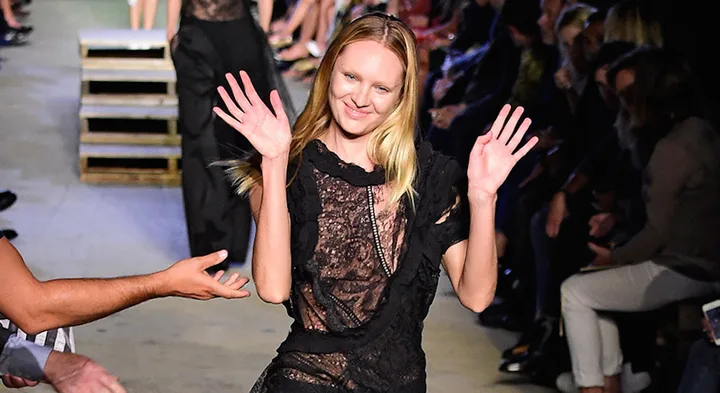
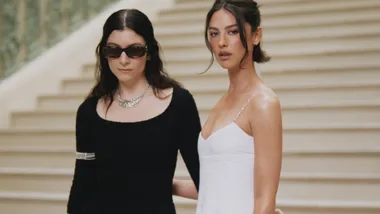



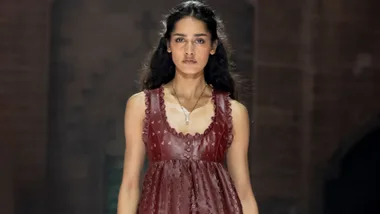


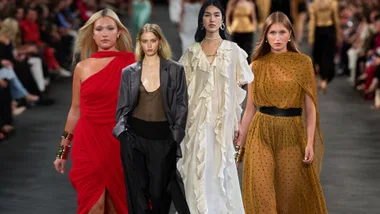
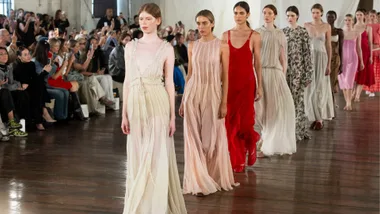
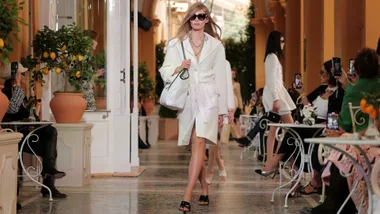







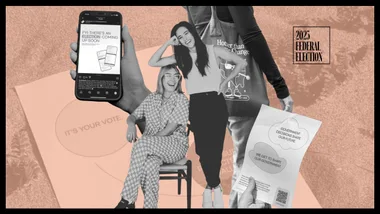

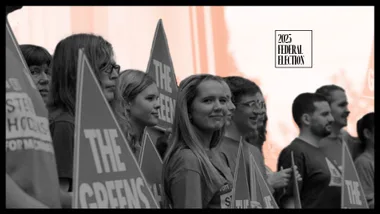

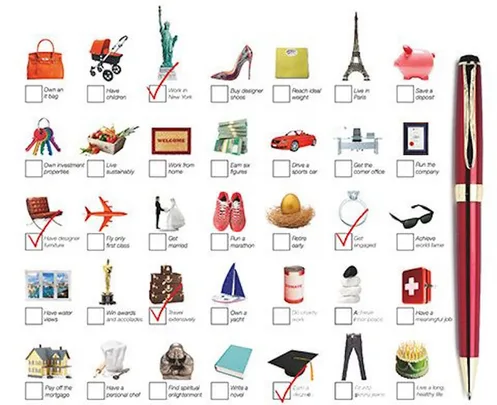


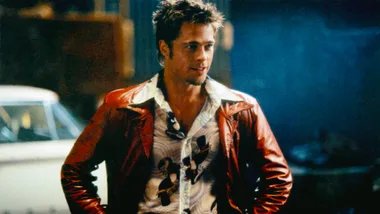


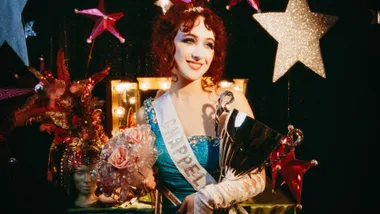
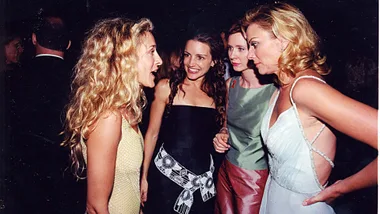

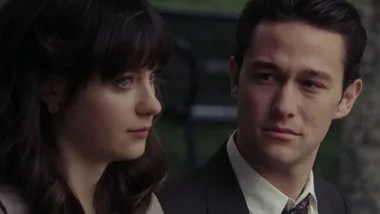

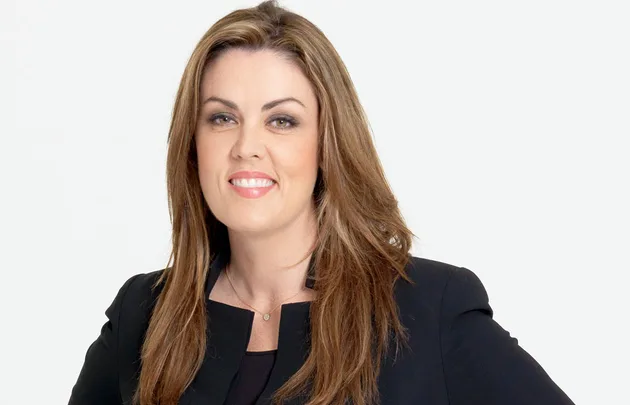








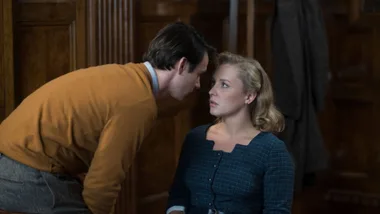

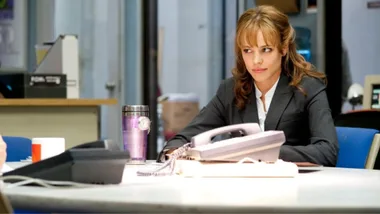
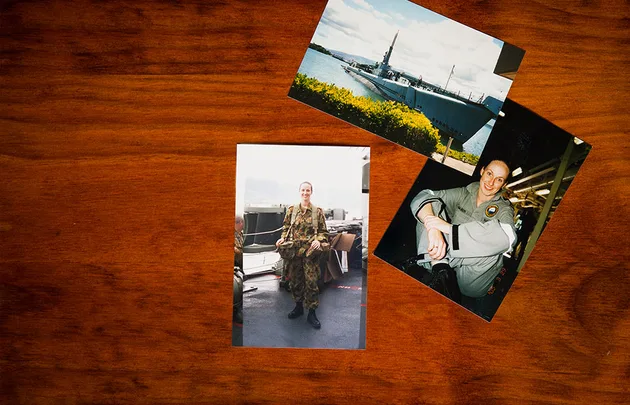 supplied
supplied





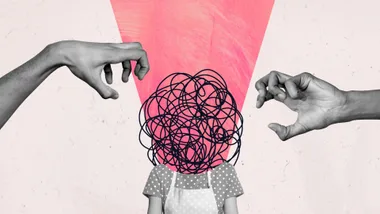


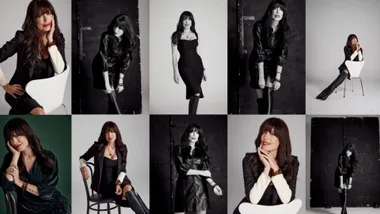

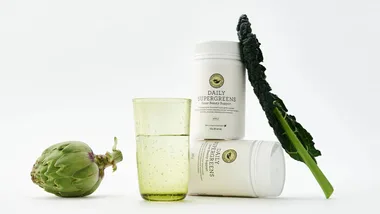


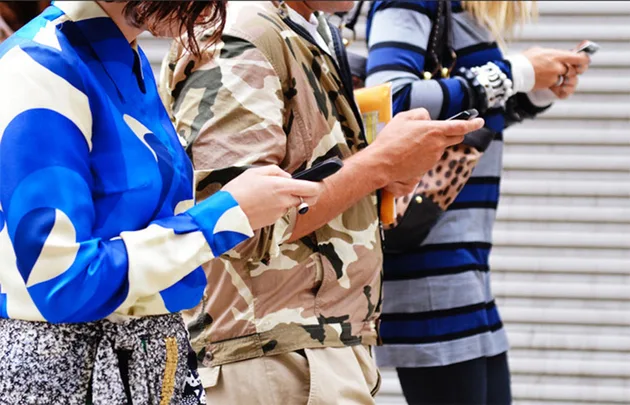

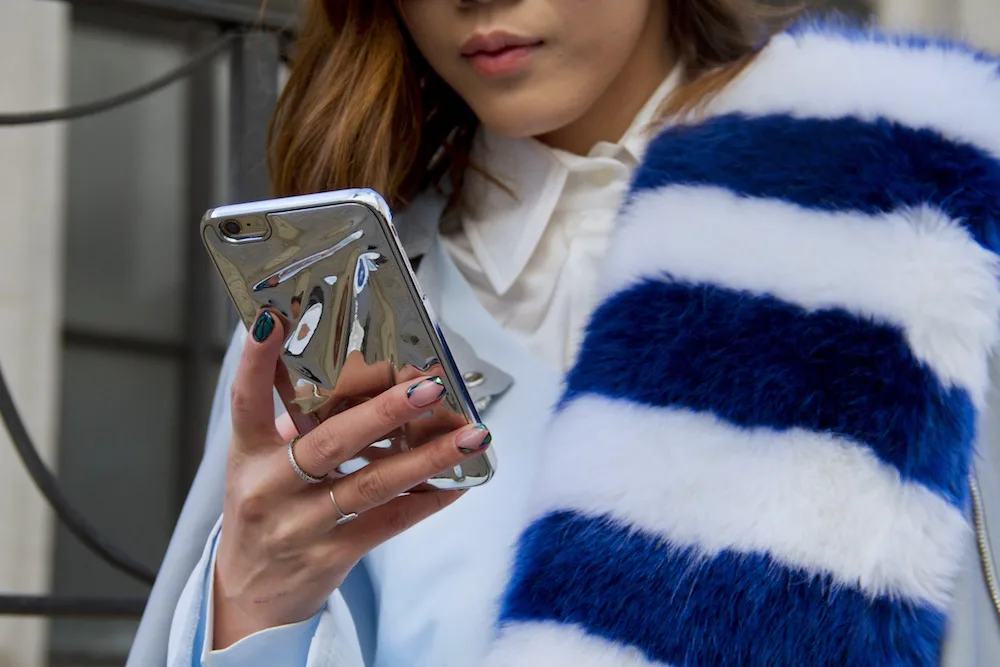

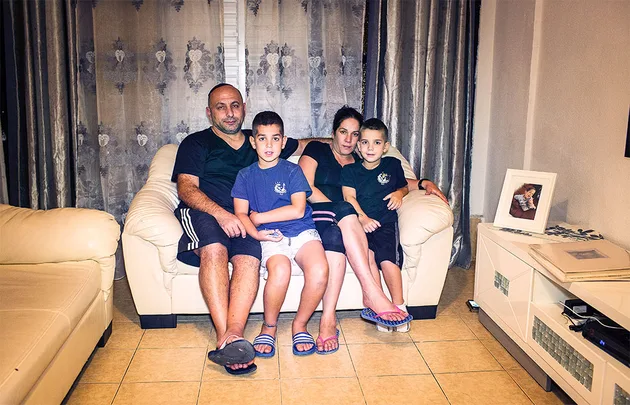


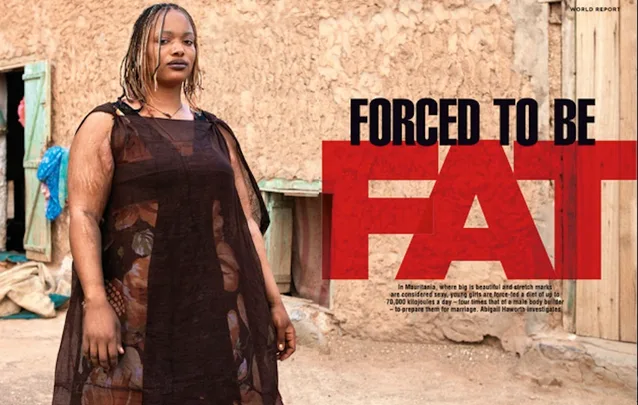






















 Eric Rechsteiner
Eric Rechsteiner